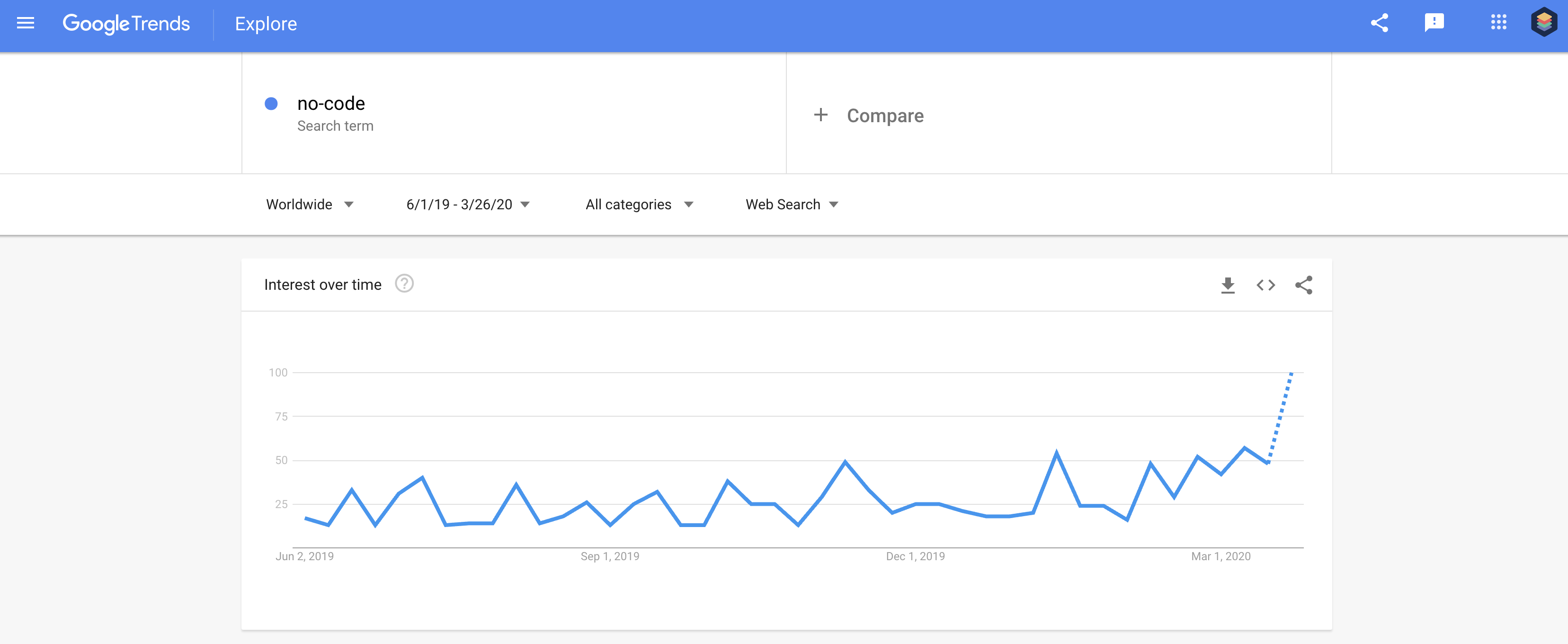No-Code Platforms for Open System Data Source Creation: Conserve Time and Resources
No-Code Platforms for Open System Data Source Creation: Conserve Time and Resources
Blog Article
Discover How Scalable Data Sources Can Be Made Use Of Without Coding to Improve Your Business Workflow
In today's busy business setting, the ability to manage and evaluate data effectively is paramount. no-code. Scalable databases, particularly when combined with no-code options, supply a transformative method that encourages non-technical customers to streamline procedures.
Understanding Scalable Data Sources
Scalable databases are vital for modern-day organization operations, allowing companies to effectively manage raising volumes of data without giving up performance. These data sources are designed to grow and adapt to the transforming needs of a company, making sure that they can take care of bigger datasets and even more complex inquiries as business demands advance.
Comprehending scalable data sources involves identifying their 2 primary types: upright scaling and horizontal scaling. Upright scaling, or "scaling up," entails including more power (CPU, RAM) to an existing server to boost performance. Conversely, straight scaling, or "scaling out," entails adding much more web servers to disperse the lots, which typically leads to higher versatility and mistake resistance.
One more important facet is the style of scalable data sources, which can be either relational or non-relational. Relational databases, such as MySQL and PostgreSQL, are structured and make use of SQL for questions, while non-relational data sources, like MongoDB and Cassandra, supply even more adaptability with disorganized data.
Ultimately, comprehending scalable databases is crucial for businesses intending to utilize information as a strategic asset, enabling them to remain competitive in an increasingly data-driven environment.

Benefits of No-Code Solutions
Opening the potential of no-code remedies equips organizations to enhance operations and boost efficiency without the need for considerable programs knowledge. These platforms permit non-technical customers to create, modify, and handle databases effortlessly, hence equalizing access to innovation throughout groups.
Among the main benefits of no-code options is their rate of execution. Companies can quickly deploy applications and automate processes, substantially reducing the moment invested in development cycles. This agility enables organizations to respond quickly to market modifications and client requirements, promoting an one-upmanship.
Furthermore, no-code systems lower dependence on IT divisions for daily tasks, enabling technical teams to concentrate on more intricate tasks that call for specialized abilities. This change not only optimizes resource allocation but additionally advertises advancement within the company.
Cost-effectiveness is one more advantage, as no-code services can lower growth and upkeep costs. By reducing the requirement for coding know-how, business can harness the abilities of their existing workforce without the overhead of hiring additional personnel.
Popular No-Code Database Tools
The rise of no-code solutions has led to the development of different data source devices that deal with companies seeking efficiency and ease of access. These tools empower users with minimal technical know-how to produce, handle, and adjust data sources effortlessly.

Caspio stands out for its capacity to build web applications without any type of coding. It allows services to develop robust databases and release applications quickly, accommodating different market demands. In a similar way, Flair uses powerful information and user-friendly interfaces management capacities, allowing companies to develop custom read review applications customized to their operations.

Usage Instances in Business Workflow
How can services take advantage of database tools to enhance their operations? Scalable databases offer organizations with effective abilities to handle and assess information without the requirement for extensive coding expertise. These devices can simplify various business processes, inevitably causing boosted performance and performance.
One famous use case is customer relationship monitoring (CRM) Services can make use of scalable data sources to track client interactions, choices, and comments, allowing personalized communication and much better service. By systematizing this details, groups can team up better and respond to customer demands in real-time.
One more significant application is stock administration. Firms can employ no-code database devices to keep track of stock degrees, track shipments, and forecast demand. This makes certain optimal stock levels, minimizes waste, and decreases stockouts.
Additionally, project administration can gain from scalable data sources by allowing groups to manage tasks, target dates, and sources in a merged system. With real-time updates and data visualization, job managers can make informed choices.
Beginning With Implementation
Applying scalable data sources in company operations calls for an organized method to make certain effective assimilation and usage. The why not find out more primary step is to carry out a detailed needs analysis, determining particular business requirements, data kinds, and expected development patterns. This foundational understanding will lead the choice of the proper data source service.
Following, select an easy to use, no-code database platform that straightens with your functional objectives. no-code. Several modern-day remedies supply instinctive user interfaces, enabling non-technical customers to handle data properly. After selecting a system, establish a clear information style that outlines exactly how data will certainly be arranged, accessed, and preserved
Training is crucial; guarantee that group participants are equipped with the necessary abilities to use the data source. Take into consideration providing workshops or tutorials to acquaint staff with the system's functionalities.
Verdict
In verdict, the assimilation of scalable data sources via no-code remedies offers considerable benefits for business procedures. Eventually, leveraging these modern technologies can lead to enhanced performance and functional effectiveness, positioning organizations for continual development in an affordable landscape.
One preferred no-code data source tool is Airtable, which combines the functionality of a spread sheet with the power of a database.Exactly how can businesses take advantage of data source devices to enhance their operations? Businesses can use scalable databases to track customer communications, preferences, and responses, enabling tailored communication and far better solution.Executing scalable data sources in organization procedures calls for a structured technique to guarantee successful integration and usage.In conclusion, the integration of scalable data sources through no-code remedies presents significant benefits for organization procedures.
Report this page